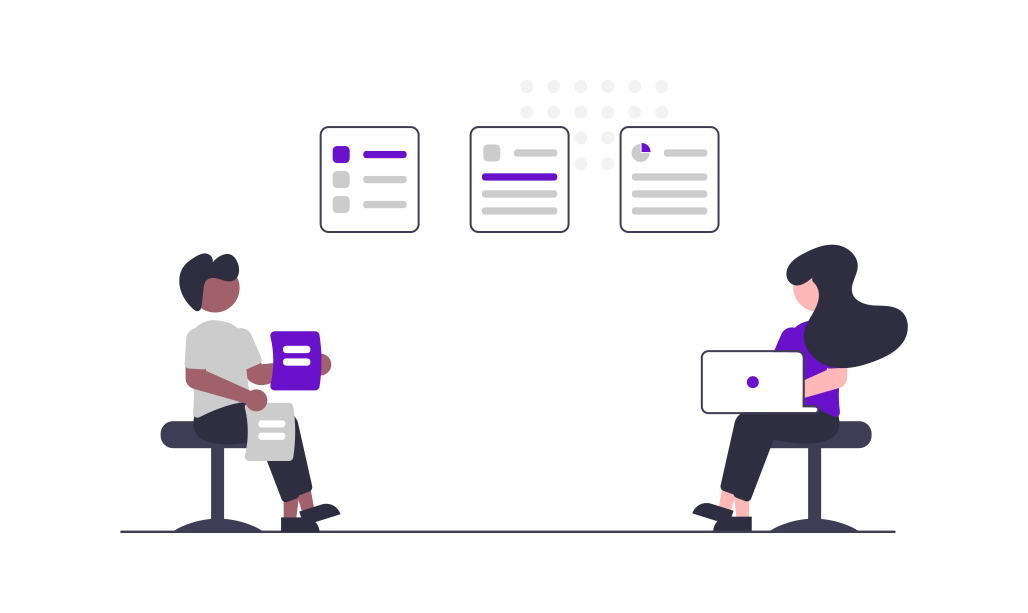In the rapidly evolving digital landscape, understanding the nuances between website personalization and customization is crucial for marketers aiming to create more engaging and effective user experiences. While these terms are often used interchangeably, they represent distinct strategies with unique benefits and applications. This blog will delve into the core differences between website personalization and customization, highlighting how each approach can be leveraged to maximize user engagement and conversion rates.
Understanding Website Personalization
Website personalization refers to the process of dynamically altering content, layout, or interactions on a website based on the individual user's characteristics, behaviors, or preferences. This technique relies heavily on data analytics and artificial intelligence to deliver a tailored experience for each visitor.
Key Features of Website Personalization:
-
Data-Driven Adjustments:
- Personalization is powered by data collected from user interactions, demographics, browsing history, and other behavioral metrics.
-
Real-Time Content Adaptation:
- Content is adapted in real-time to match user preferences and behaviors, ensuring that visitors receive the most relevant information during their session.
-
Enhanced User Experience:
- By presenting content that resonates with users, personalization can significantly enhance user satisfaction and engagement.
-
Examples of Personalization:
- Product recommendations based on previous purchases.
- Dynamic website banners that change according to the visitor's location or interests.
- Personalized email campaigns triggered by user actions on the site.
Exploring Website Customization
Website customization, on the other hand, allows users to manually adjust settings or preferences to shape their own experience on a website. This approach puts the control in the hands of the users, enabling them to tailor the website according to their needs and preferences.
Key Features of Website Customization:
-
User-Controlled Adjustments:
- Customization features enable users to modify aspects of the website, such as layout, color schemes, content display preferences, and more.
-
Static Preferences:
- Unlike personalization, which changes dynamically based on user data, customization settings remain static until the user decides to change them.
-
Increased User Engagement:
- Providing users with the ability to customize their experience can increase engagement and satisfaction as they feel more in control of their interaction with the site.
-
Examples of Customization:
- Allowing users to save preferred settings for future visits.
- Providing options to choose from different themes or layouts.
- Enabling users to create and manage personalized dashboards.
Key Differences Between Personalization and Customization
1. Control Mechanism:
- Personalization is automated and driven by the website or application using user data to adapt content and experience.
- Customization is manual and user-driven, allowing individuals to configure their own settings and preferences.
2. Dynamic vs. Static:
- Personalization is dynamic, changing in real-time based on user behavior and data insights.
- Customization is static, remaining constant until the user actively makes changes.
3. Data Dependency:
- Personalization relies heavily on data collection and analysis to deliver relevant content.
- Customization requires minimal data input, focusing instead on user input for adjustments.
4. User Engagement:
- Personalization aims to engage users by anticipating their needs and providing relevant content automatically.
- Customization engages users by empowering them to tailor their own experiences according to their preferences.
When to Use Personalization and Customization
Understanding when to implement personalization or customization can significantly impact the success of your digital strategy. Here are some considerations:
Use Personalization When:
- You have access to extensive user data and can leverage AI and analytics to dynamically adapt content.
- You aim to create highly individualized experiences to drive conversions and engagement.
- Your goal is to automate user experience enhancements based on behavioral insights.
Use Customization When:
- You want to provide users with the flexibility to adjust their experience to suit their specific needs.
- Your audience values control and prefers to tailor their own settings.
- The focus is on long-term user satisfaction and retention through personalized user preferences.
Conclusion
Both website personalization and customization play vital roles in enhancing user experiences and driving engagement. By understanding the differences and knowing when to apply each strategy, marketers can create more effective and personalized interactions, leading to higher satisfaction and conversion rates. Whether through data-driven personalization or user-driven customization, the ultimate goal remains the same: to deliver a compelling and relevant user experience that meets individual needs and expectations.


